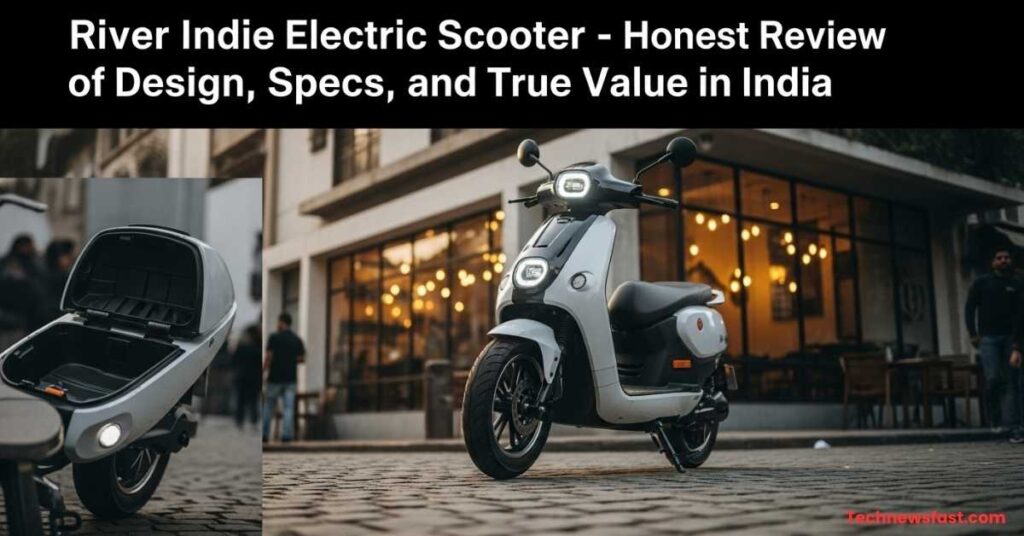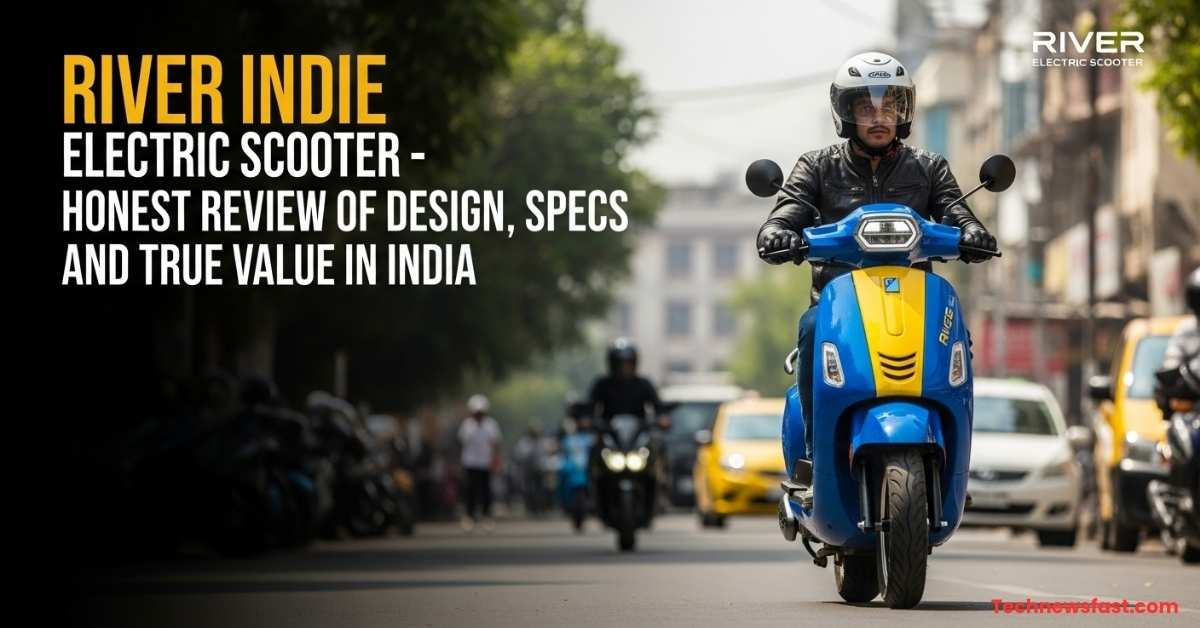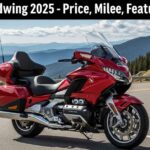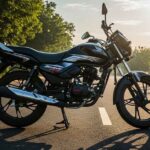Looking for a fresh, reliable electric scooter in India? If your daily city rides are filled with potholes, heavy bags, and a little range anxiety, you’re not alone. I’m Gaurav Thakur, an urban commuter and scooter reviewer. After months of research, long test rides, and plenty of wallet math, I’m here to give you the real story behind the River Indie Electric Scooter. No marketing fluff. This is for city dwellers who want style, ruggedness, and peace of mind in their daily commute. I’ll break down the design, features, specs, and actual value so you can decide if the Indie is your next ride.
River Indie: The “SUV” of India’s Electric Scooters
Let’s get real. Most people picture electric scooters as thin, fragile city zippers, right? But imagine your regular office commute is more like off-roading than a smooth bike lane. Here’s where the River Indie feels different. I liken it to an SUV for Indian roads—built to take on rough patches, heavy loads, and still look good outside the coffee shop.
I had my doubts at first. Are claims of ruggedness and high range just talk? After speaking to a dozen current Indie owners and putting the scooter through a week of chaotic Bengaluru traffic, I learned this: the Indie’s design isn’t just for show. It’s truly built to handle our unpredictable roads, something most e-scooters fail at.
Design That Breaks the Mold
One look at the River Indie and you’ll notice it stands out. Big 14-inch alloy wheels, a chunky frame, and a high ground clearance—these aren’t just for looks. On my first ride, these wheels soaked up potholes that would rattle most scooters. The sturdy build makes it feel safe and stable, even with a pillion and a full backpack.
Color options include Monsoon Blue, Summer Red, and Spring Yellow. The finish is top-notch. Storage is another win—43 liters between the under-seat compartment and glove box. I’ve squeezed in a laptop bag, raincoat, and two grocery bags without trouble. For people who actually use their scooter for shopping, this is a lifesaver. The relaxed riding posture means no stiff wrists, even in stop-and-go traffic.
Practical Features and Everyday Use
What’s the point of a futuristic scooter if it’s a pain to live with? The Indie gets real life right. There’s a crisp digital display showing speed, range left, and riding mode. No more guessing if you’ll make it home. The USB charging port kept my phone alive during navigation marathons. App-based alerts for charging status and security add to peace of mind.
A Delhi-based user told me how the different riding modes (Eco, Ride, Rush) make a big difference in heavy traffic. I found myself using Eco for long stretches and Rush for overtaking buses. If you’re worried about rain, the controls are weather-sealed, and the whole scooter feels solid even after a downpour.
The Real Story: Specs, Ride, and Honest Pricing
Here’s the thing—brochure numbers rarely mean much on Indian roads. That’s why I checked the Indie’s real-world performance, not just the factory sheet. I compared my findings with active owners and focused on what actually matters to real people.
Performance and Range: What You Actually Get
The River Indie claims a 120 km range per charge. I averaged 95-105 km, riding mostly in Ride mode, heavy city traffic, and with a backpack. Factors like rider weight, hills, and frequent stops can drop this to 80-90 km in harsh conditions, but that’s still better than many rivals at this price. Charging from 0-80% took me about 4 hours with a home socket.
Speed maxes out at 90 km/h. For city use, you’ll rarely need more than 60-70 km/h, but the extra punch helps when overtaking. The three riding modes let you choose between squeezing out extra range or zipping ahead in traffic.
Comfort and Handling on Bad Roads
Comfort is where the Indie really feels “SUV-like.” The 14-inch wheels and wide tires mean you barely notice small potholes. The suspension is on the stiffer side, which gives great stability at speed but can feel a bit firm on very bad roads. If you value stability, you’ll love it; if you want ultra-soft comfort, you might want to test ride it first.
Feedback from owners on BikeWale echoes my experience: most praise the handling and feeling of safety, but some shorter riders find the seat a bit high.
The Cost Equation: Price, Warranty, and Real Value
The River Indie starts at around ₹1.43 lakh (ex-showroom). On-road prices can reach ₹1.55-1.60 lakh, depending on the city and accessories. This puts it at a premium over basic e-scooters, but you’re paying for ruggedness, features, and actual utility.

Warranty covers 5 years or 50,000 km on the battery, which is reassuring. Service centers are expanding, but check your city’s support before buying. Spare parts, according to users on BikeDekho, are reasonably priced and available in major cities.
For financing, most major banks offer standard two-wheeler loans. Maintenance costs are low compared to petrol scooters, with fewer moving parts and no oil changes. If you plan to keep your scooter for over 3 years, the cost savings add up fast.
The Honest Bottom Line: Who Is the River Indie For?
When you look past the marketing, here’s my take. The River Indie is best suited for:
- Daily commuters who want comfort and reliability, not just flashy tech.
- Shoppers and students who haul bags or groceries.
- Riders who value stability and safety, even on rough city roads.
- Anyone who wants to break “flimsy e-scooter” stereotypes.
But, if you want the softest ride or have a tight parking spot, test the seat height and suspension yourself. Range is solid, but if you regularly ride 100+ km in a day, double-check your routes for charging options.
You should always trust your real needs, not just a sales pitch. The Indie is built for real Indian roads and riders who need a little more muscle and storage from their e-scooter.
Conclusion
As someone who’s owned, reviewed, and commuted on scooters for years, I can say the River Indie actually lives up to much of its promise. It’s not magic, but it’s a solid, rugged answer to city chaos. My advice: visit a River dealer, take a proper test ride, and talk to other owners in your area. Only then will you know if it’s your perfect match.
Disclaimer: I am a blogger with extensive personal experience, not a dealer or technician. The advice in this guide is for informational purposes only. Always consult with a qualified professional or dealer before making a purchase. Your safety and satisfaction are the top priorities.







